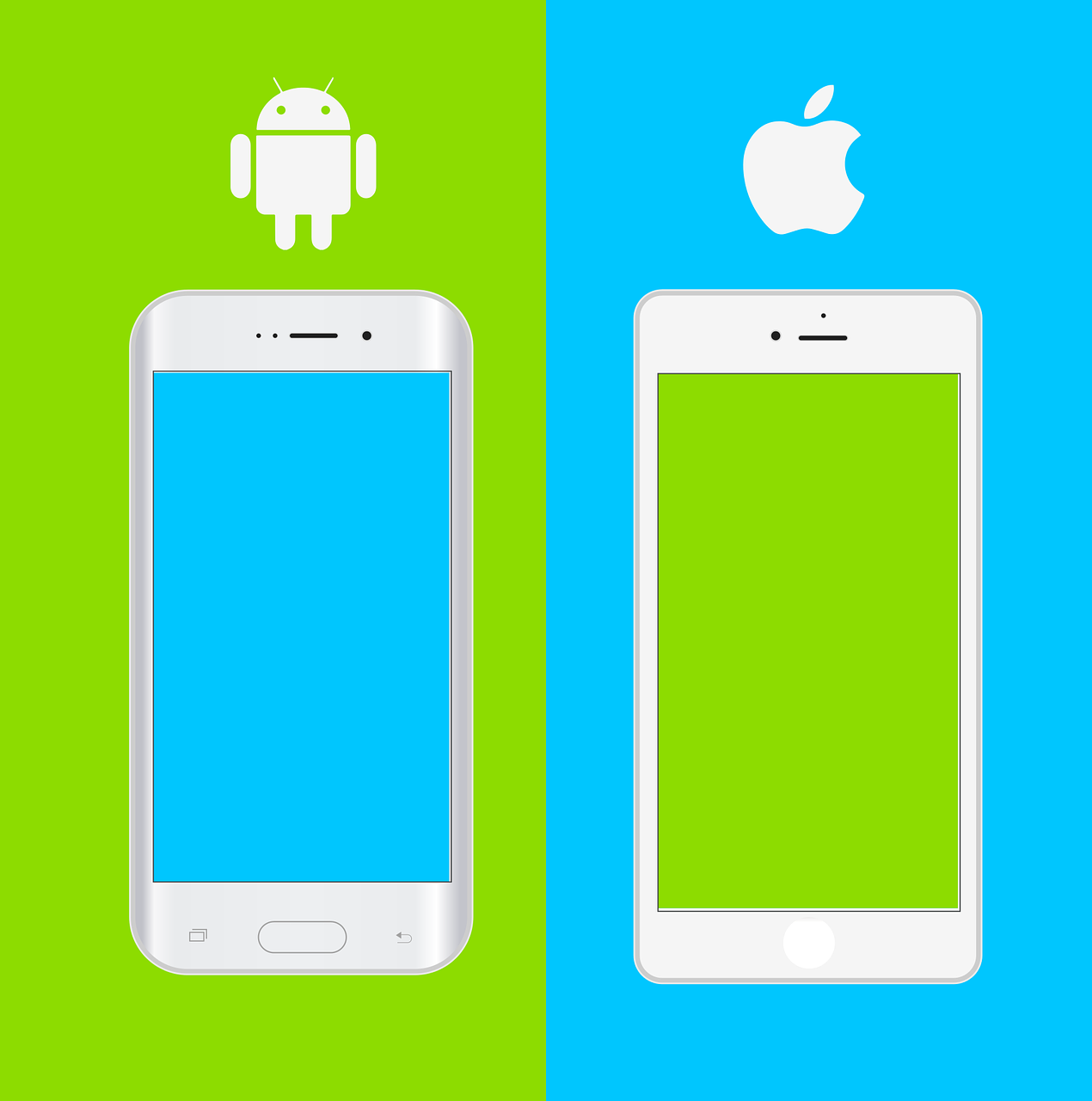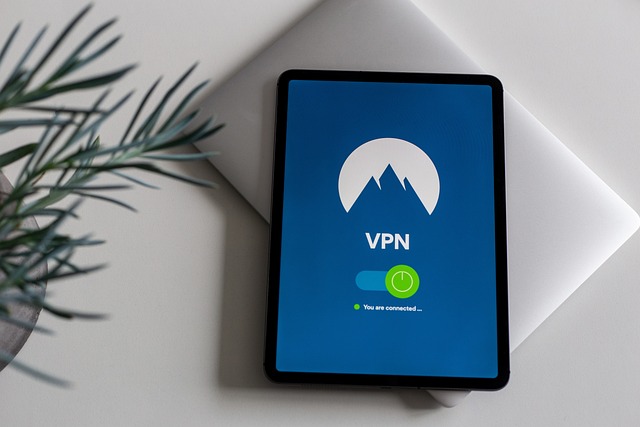Choosing and Using Smartphones: Functions and Considerations
Smartphones combine communication, computing, photography and entertainment in a single portable device. For many people they serve as the primary tool for work, learning and social connection. Understanding core features, software practices and long-term considerations helps you pick a device that suits daily habits and keeps functioning reliably over time.

What should influence your choice of smartphone?
Selecting a smartphone begins with identifying how you use it: calls and messaging, photography, gaming, productivity or a mix. Screen size and resolution matter for media and reading, while device weight and build affect daily comfort. Consider storage needs for apps, photos and offline media; cloud options can reduce required onboard space. Also think about ecosystem lock-in — whether you prefer Android or iOS affects app compatibility, accessories and account continuity. Balancing these practical needs against budget and expected device lifespan gives a realistic shortlist to compare.
How important is hardware performance?
Processor speed, memory (RAM) and internal storage determine how smoothly apps run, especially multitasking and heavier games. Modern mid-range processors handle browsing, social apps and light editing well, while high-end chips suit advanced photo editing, 3D gaming and productivity with multiple apps open. RAM influences background app retention; 6–8GB is common for comfortable multitasking on many devices. Storage type (UFS vs eMMC) affects app load times and file transfer speeds. Also check thermal design and sustained performance, since prolonged heavy use can cause throttling that reduces real-world responsiveness.
How do cameras and multimedia compare?
Camera systems vary by sensor size, lens aperture and software processing. More megapixels do not automatically mean better photos; sensor quality, image processing algorithms and stabilization are often more important. Look for optical image stabilization for low-light and video, and for versatile focal lengths (wide, ultrawide, telephoto) if you need framing options. Screen quality (OLED vs LCD), brightness and color accuracy affect media consumption. For audio, consider speaker configuration and support for higher-quality Bluetooth codecs if you use wireless headphones. Real-world sample images and video clips provide the best comparison between models.
What software and update policies matter?
Software experience influences device longevity and security. Regular operating system updates and timely security patches reduce exposure to vulnerabilities and can extend functional lifespan through feature improvements. Manufacturer policies vary: some provide several years of OS updates and security fixes, others fewer. App store ecosystems and preinstalled apps also shape daily use; some manufacturers include bloatware that can be disabled, while others keep a near-stock experience. Consider privacy settings, permission controls and backup options to protect data and make transitions between devices smoother.
How to assess battery life and charging options?
Battery capacity, hardware efficiency and software optimization determine real-world battery life more than raw mAh numbers alone. Usage patterns such as screen-on time, gaming, and background syncing have the largest impact. Fast charging speeds can reduce downtime, but frequent use of high-speed charging may influence long-term battery health; many devices now include battery care features to slow degradation. Wireless charging and reverse wireless charging add convenience for compatible accessories. Look for realistic endurance testing (screen-on time metrics) rather than only manufacturer claims when comparing models.
Which connectivity and accessories matter?
Modern smartphones support multiple connectivity options: 4G/5G cellular bands, dual-SIM configurations, Wi‑Fi standards, Bluetooth versions and NFC for payments. Ensure the device supports the cellular bands used by your carrier, especially if buying internationally. Accessory ecosystems—cases, screen protectors, earbuds and docks—vary by model and affect usability and protection. Also consider repairability and service options in your area: availability of local services for screen repair or battery replacement can reduce downtime and cost over the device’s life. Warranty terms and authorized service networks influence long-term maintenance.
Conclusion
Choosing a smartphone is a balance between present needs and future expectations: performance, camera quality, software support, battery behavior and local serviceability all play roles. Evaluating how you use a device daily and checking manufacturer update policies and repair options in your area will help match a phone to your routines without overpaying for unused features. Regular backups and sensible charging habits can extend useful life and protect data over time.



